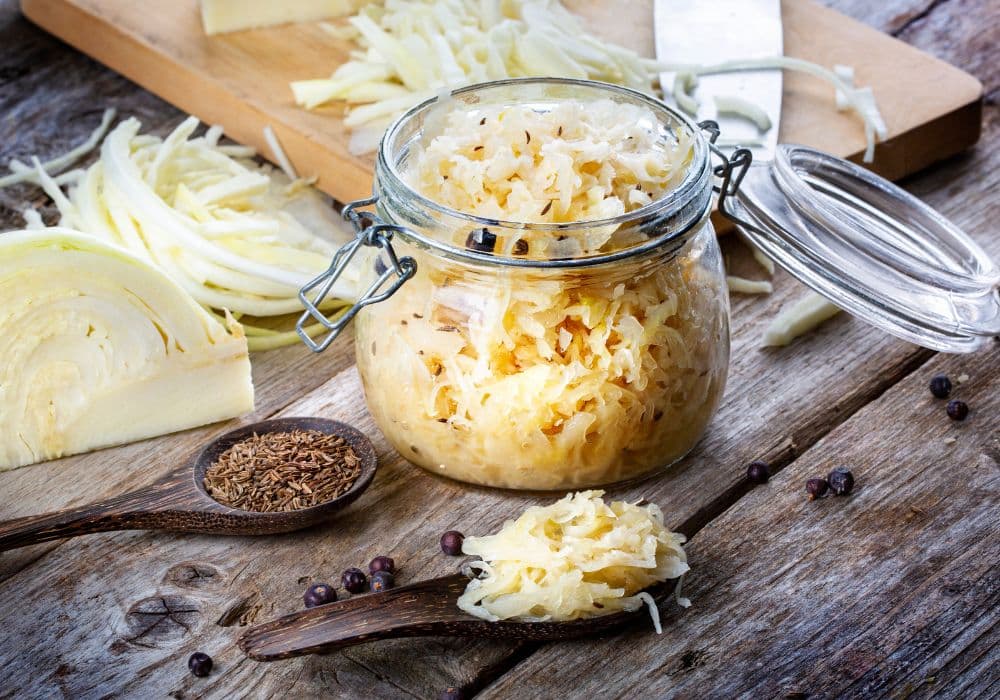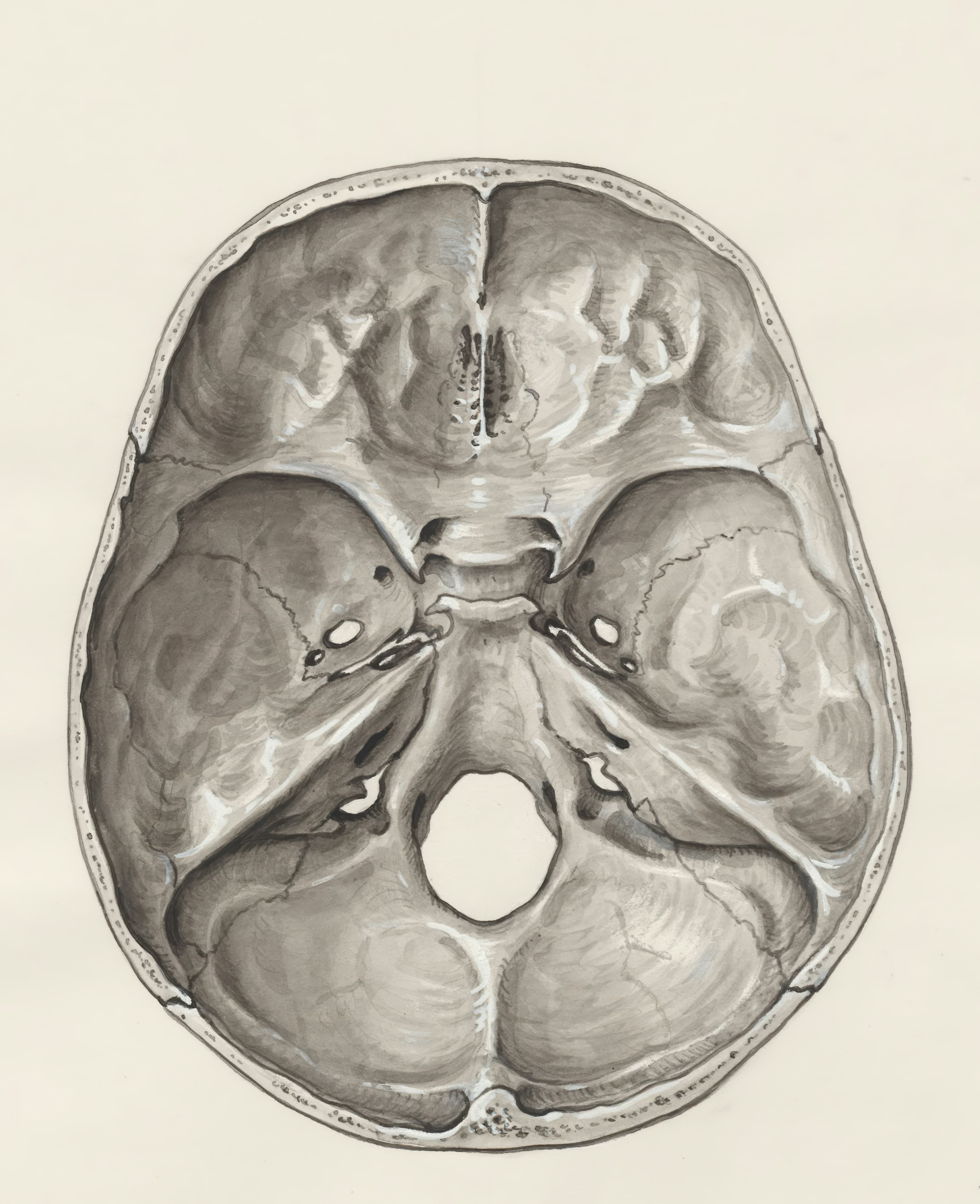Sauerkraut, a popular fermented food, offers a tangy and versatile addition to meals. In this comprehensive guide, we will delve into the world of sauerkraut, exploring its origins, preparation techniques, nutritional benefits, and its role in a healthy diet. Whether you're new to sauerkraut or looking to expand your knowledge, this article will provide you with valuable insights and a step-by-step guide to making your own delicious homemade sauerkraut.
What Is Sauerkraut?
Exploring the Origins and Nature of Sauerkraut
Sauerkraut has a rich history that can be traced back thousands of years. It is believed to have been first developed in ancient China before making its way to Europe, where it became a staple in German and Eastern European cuisine. Traditional sauerkraut is made by fermenting finely shredded cabbage with salt, resulting in a tangy and slightly sour flavor. Over time, sauerkraut has gained popularity globally and is appreciated for its unique taste and health benefits.
The Health Advantages of Sauerkraut: Unearthing the Benefits
Sauerkraut is not only delicious but also offers a range of health benefits. Here are some advantages of including sauerkraut in your diet:
Discovering the Nutritional Value and Wellness Benefits
- Probiotics: Sauerkraut is rich in live bacteria and beneficial probiotics that support gut health and digestion. These probiotics promote a healthy balance of gut bacteria and strengthen the immune system.
- Vitamin C: Sauerkraut is an excellent source of vitamin C, an essential nutrient that supports the immune system, collagen production, and iron absorption.
- Antioxidants: The fermentation process enhances the bioavailability of antioxidants in sauerkraut, which can help fight inflammation and protect against chronic diseases.
- Fiber: Sauerkraut contains dietary fiber, which aids in digestion, promotes satiety, and supports a healthy gut microbiome.
Crafting Sauerkraut at Home: A DIY Guide
Making your own sauerkraut is a rewarding and straightforward process. Follow these step-by-step instructions to create your own homemade sauerkraut:
Step-by-Step Instructions for Making Delicious Sauerkraut
- Start with a fresh head of cabbage and remove the outer leaves.
- Finely shred the cabbage and place it in a clean bowl.
- Add salt to the shredded cabbage and massage it until the cabbage begins to release moisture.
- Pack the cabbage tightly into a clean jar or fermentation crock, ensuring that the cabbage is fully submerged in its juices.
- Cover the jar with a lid or fermentation weight and let it sit at room temperature for several days to weeks, depending on your desired level of fermentation.
- Taste the sauerkraut periodically to check for the desired tanginess and texture.
- Once the sauerkraut reaches your preferred flavor, transfer it to the refrigerator to slow down the fermentation process.
- Enjoy your homemade sauerkraut as a flavorful addition to sandwiches, salads, or as a side dish.
Sauerkraut's Role in a Healthy Diet: Is It Good for You?
Incorporating sauerkraut into a healthy diet can offer numerous benefits. However, it is essential to consume it in moderation and alongside a balanced eating plan. Consider the following tips when including sauerkraut in your meals:
- Pairing: Use sauerkraut as a condiment or topping for lean proteins, such as grilled chicken or fish, to add flavor and a nutritional boost.
- Balanced Intake: Incorporate sauerkraut alongside a wide variety of fruits, vegetables, whole grains, and other fermented foods to ensure a diverse and well-rounded diet.
- Digestive Health: Regular consumption of sauerkraut can help maintain a healthy gut microbiota, aiding in digestion and supporting overall gut health.
Sauerkraut is a versatile and delicious addition to your culinary repertoire with potential health benefits. Experiment with different recipes and explore the flavors and textures that sauerkraut has to offer.





